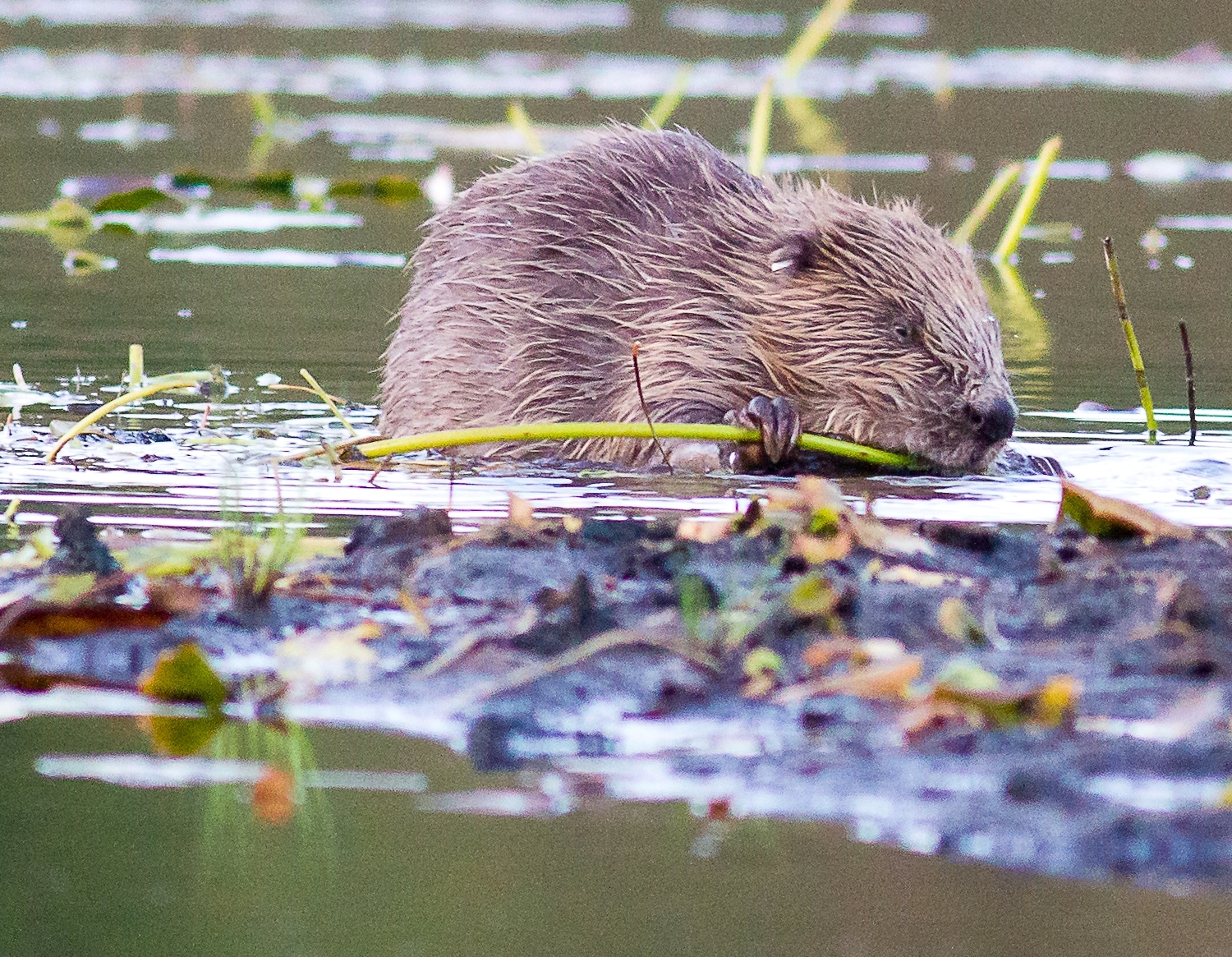A national wildlife organisation is calling on the Scottish Government to back the reintroduction of beavers to the countryside as a step towards creating a wilder Scotland.
The John Muir Trust wants the Eurasian beaver to return as a native species following a five-year trial at Knapdale Forest, Argyll, which ended in May 2014.
Later this year the government’s environment minister will decide whether to reintroduce beavers after considering the results of the trial.
A series of independent scientific research projects were carried out into the effects of the beavers on the area during the trial, which was led by the Scottish Wildlife Trust and the Royal Zoological Society.
Beavers were once native to Scotland but died out because of hunting and habitat loss.
The trust has also launched a new policy statement declaring its support for the principle of “rewilding” large areas of land across the UK.
Stuart Brooks, trust chief executive, said: “The trust has taken a rewilding approach to the management of its properties for 30 years, long before the term was coined. Rewilding is about intervening to repair damage and restart natural processes – for example, by managing deer to allow native woodlands to regenerate; or by re-introducing missing species, such as beavers, that perform key functions in our ecosystems. That in turn will ultimately allow nature to take its own course and be more resilient in the face of climate change.
“It is not about excluding people, imposing unwanted policies on rural communities or damaging peoples’ livelihoods. We recognise that rewilding is not suitable everywhere, for example, in areas of high agricultural value.
“But for other areas it can provide the step-change we need to bring back the full diversity of our natural heritage.
“Our hills, rivers and seas should be teeming with wildlife that people will want to see and experience. By bringing visitors from all over the world, some of our most fragile communities in our most remote areas could start to thrive once again, as is happening in other parts of Europe where nature has been encouraged to flourish.”
In time, and with public consultation and support, the trust hopes to see credible proposals brought forward in the future for trial reintroduction of carnivores, starting with the lynx.
